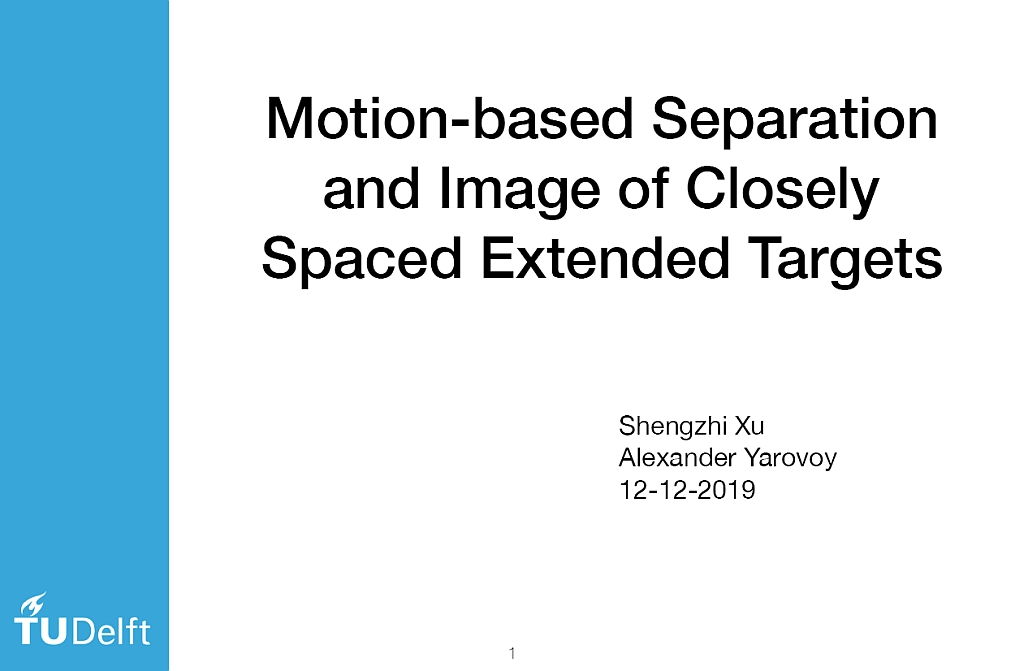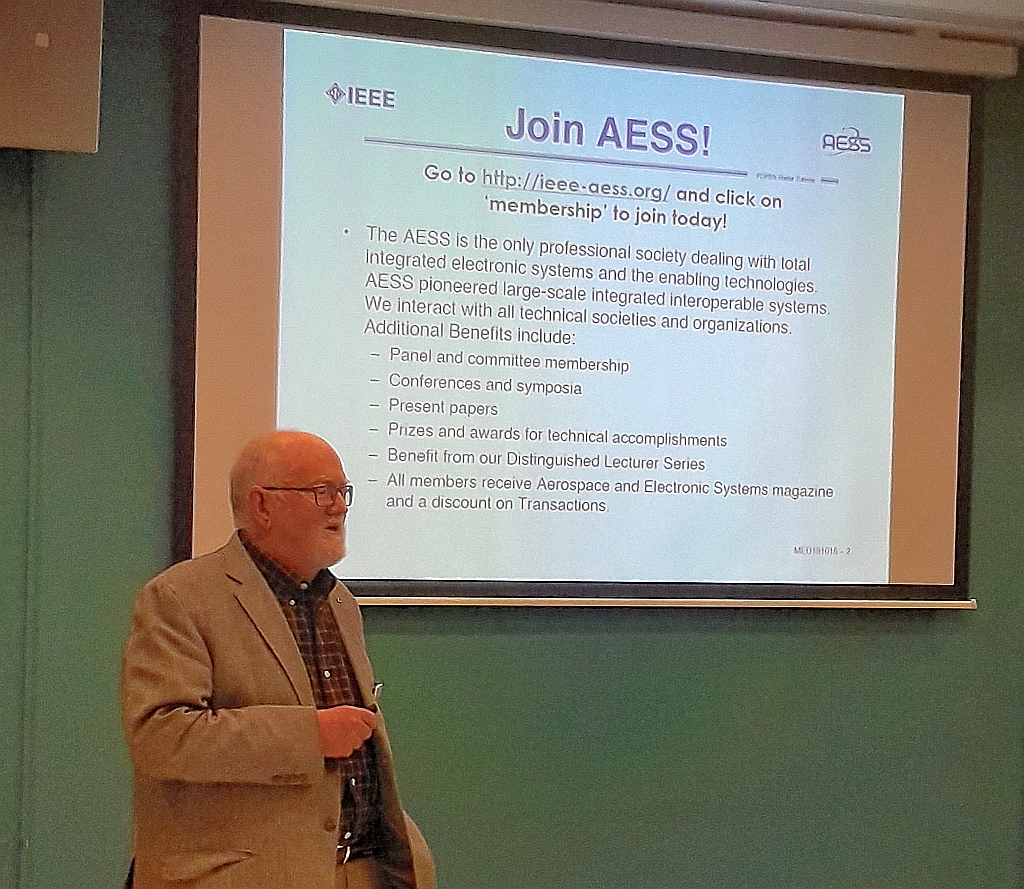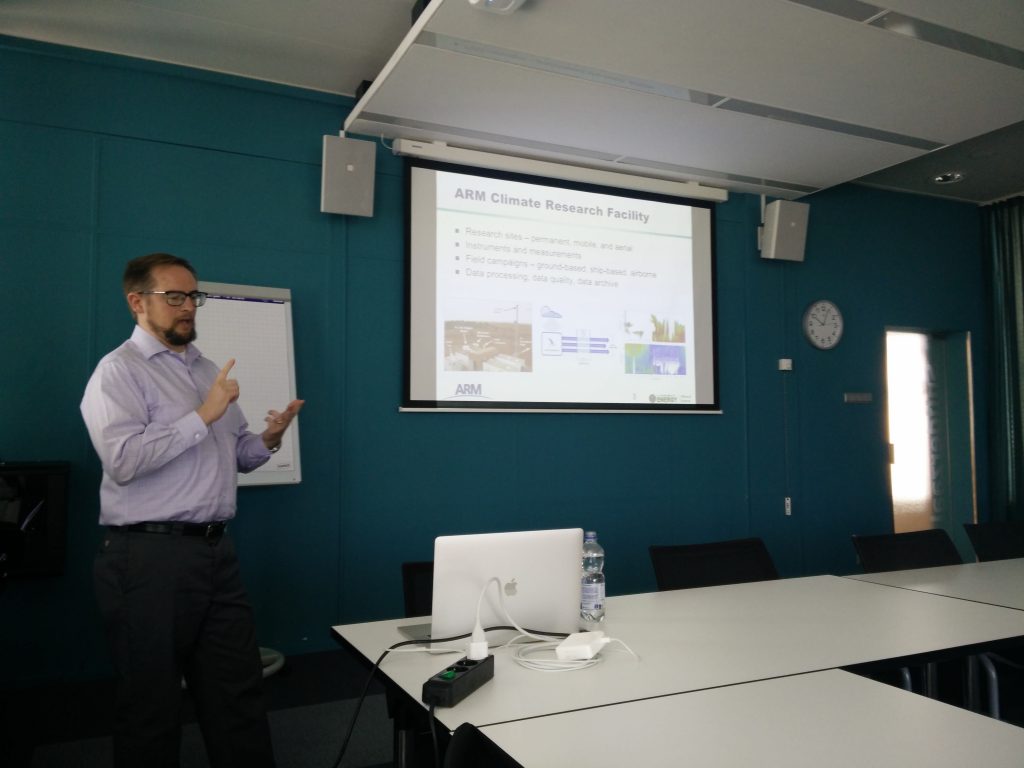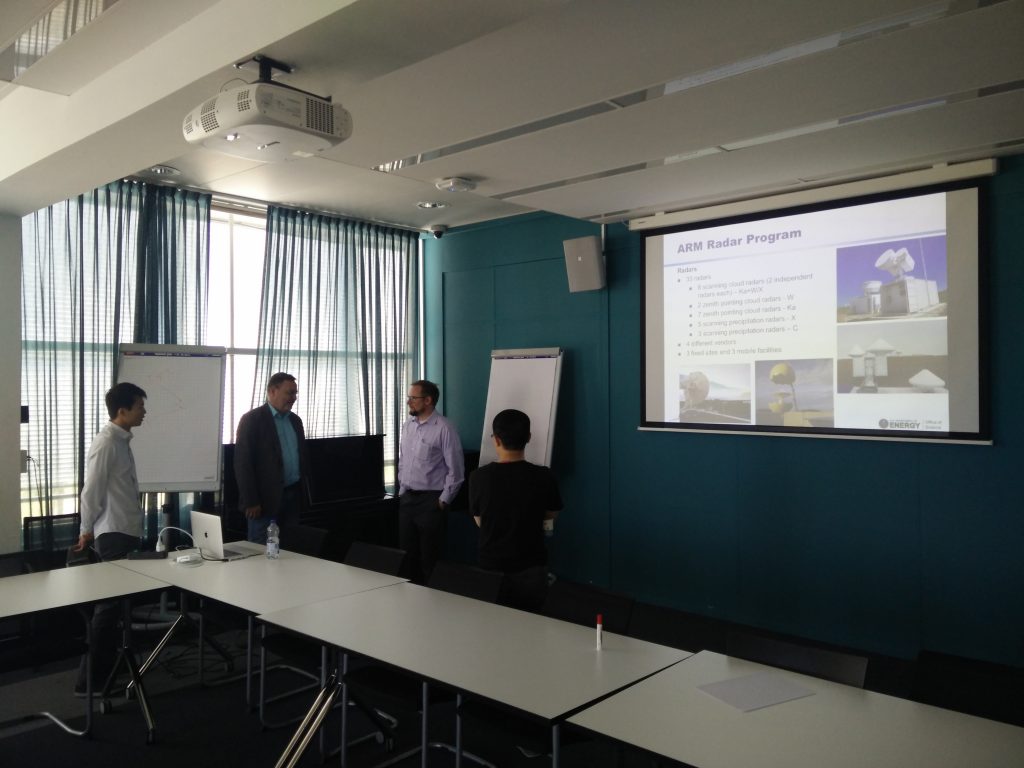Blog Archives
MS3 Seminar – “Motion-based Separation and Image of Closely Spaced Extended Targets” by Shengzhi Xu
MS3 seminar – presentation “Ultra Wide Band Surveillance Radar” by Dr. Mark E. Davis, IEEE Fellow, IEEE Distinguished Lecturer
Ultra Wide Band Surveillance Radar is an emerging technology for detecting and characterizing targets and cultural features for military and geosciences applications. It is essential to have fine range and cross-range resolution to characterize objects near and under severe clutter. This lecture will provide an in-depth look into:
- The early history of battlefield surveillance radar
- UWB phased array antenna
- UWB Synthetic aperture radar (SAR)
- UWB ground moving target indication
- New research in multi-node ultra wind band radar
Lecturer Biography: Dr Mark E Davis has over 50 years’ experience in Radar technology and systems development. He has held senior management positions in the Defense Advanced Research Projects Agency (DARPA), Air Force Research Laboratory, and General Electric Aerospace. At DARPA, he was the program manager on both the foliage penetration (FOPEN) radar advanced development program and the GeoSAR foliage penetration mapping radar.
His education includes a PhD in Physics from The Ohio State University, and Bachelor and Master’s Degrees in Electrical Engineering from Syracuse University. He is a Life Fellow of both the IEEE and Military Sensing Symposia, and a member of IEEE Aerospace Electronics Systems Society Board of Governors, VP Conferences, and past-Chair the Radar Systems Panel. He is the 2011 recipient of the AESS Warren D White Award for Excellence in Radar Engineering, and the 2018 IEEE Dennis J. Pickard Medal for Radar Technologies and Applications.
MS3 Seminar took place on “Wind Turbine Clutter Impact on the ARM Radar Program”
We hosted Dr. Bradley (Brad) Isom from Pacific Northwest National Laboratory. Dr. Isom described the Atmospheric Radiation Measurement (ARM) radar program, discussed the impacts of wind turbines on the ARM radar data, and presented opportunities for potential clutter identification and mitigation studies.






